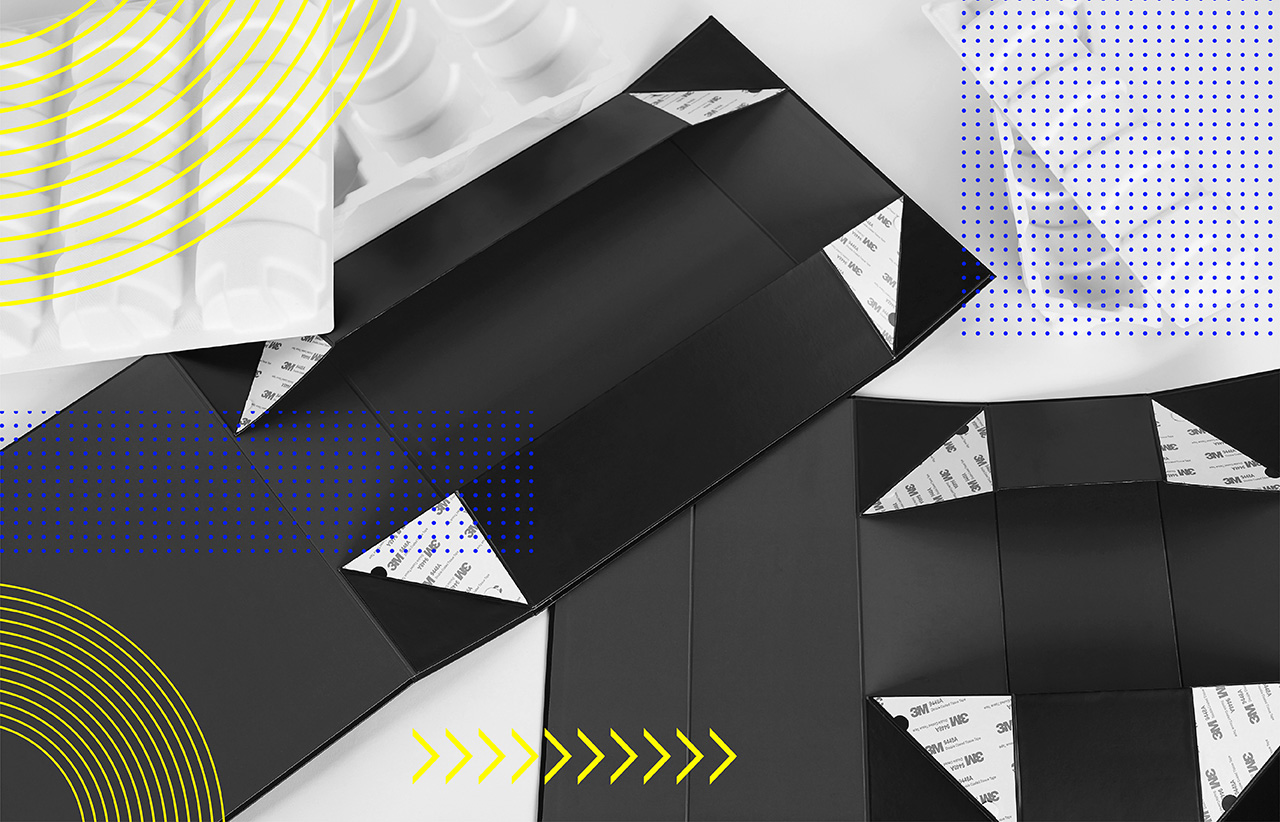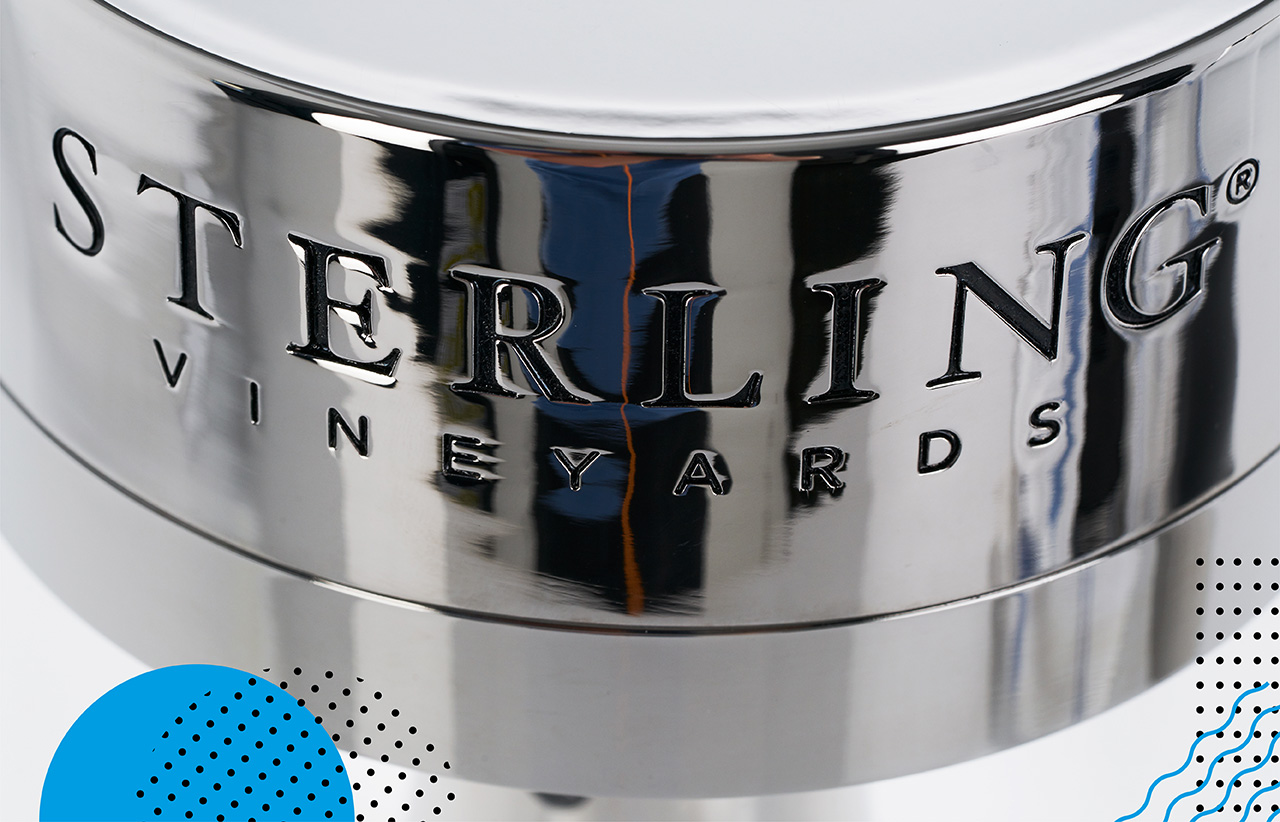March 22, 2021
Millimetres matter when it comes to packaging design
When it comes to packaging design and the physical packs made for luxury brands, size matters for two opposing reasons. One has cost implications for transport; the other has an impact on quality control and standards. Packaging designers need to be precise and thoughtful in order to strike the perfect balance between these two factors. We’ll outline their importance below.
Millimetres can save money on shipping
Size has a definite effect on shipping efficiency and cost. This should start right from the design table – Once design ideas are approved, the design/NPD teams will create technical drawings and possibly working prototypes of the pack. They then need to consider the shipping cartons that transport the packs. In costing the goods, calculations are made as to how many boxes can fit on a pallet and how many pallets fit into a container. All of these factors affect the transport cost calculations.
The size of the packaging and cartons may have less impact on smaller volumes, however, when you consider multiple containers, then shaving millimetres off each pack, carton and box can definitely make a difference in transport costs. Apart from reducing material costs, looking at these sorts of shipping efficiencies should be looked at during the design/NPD stage although, this should be done without compromising the protective function of the pack and without affecting its quality.

Luxury brands should consider these sorts of hidden aspects of the packaging and shipping process as not only can costs be minimised but by reducing the number of ships, trains, trucks or planes needed to move the product around the world there are added benefits for the environment by cutting down carbon emissions.
Too small tolerances can lead to production difficulties
The type of product that is being manufactured will determine the tolerances, or minor shifts in the production versus design, that will be allowed. These tolerances are especially important when using handmade techniques. Bespoke packaging often requires handmade processes, so the designers need to be aware of how these will factor into the tolerances set by the quality assurance team.
The smaller the tolerances, the better the quality but often more wastage can occur as a result of ‘defective’ packs discarded by quality inspectors. Manufacturers will factor in these tolerances and expected wastage when costing an item. For handmade customized packs, you have to have tolerances that are sufficient to allow you to pass your product through quality control (QC) but tight enough to ensure the Brand’s integrity is protected.

Machine-made products can be highly precise, so tolerances can be very small. Handmade processes need to have slightly larger tolerances. While packaging designers may try to shave millimetres off the packs and cartons, they also need to have an understanding of the production processes used and how this can affect the quality of the final pack. Shaving size in the wrong places may make quality tolerances more difficult to meet.
It is a fine line to walk, but an experienced packaging company will be able to create a solution that strikes a perfect balance between shipping and production costs. These factors can boil down to millimetres in the luxury packaging industry.
___
IPL Packaging is a global luxury packaging supplier with offices in the USA, Europe, Mexico, Asia and Africa. Approved manufacturing is available in several Asian countries, as well as sites in Eastern Europe. We create bespoke, tailored and exclusive packaging for any premium or luxury brand and manage the entire process, from conceptualisation and design to production and delivery.
For more information on packaging solutions or to get an insight into our latest packaging trends, follow us on LinkedIn, Facebook, YouTube or Pinterest. Keep an eye on our News section for insightful articles and innovative ideas around packaging materials, product development and design.
Header image: ©Shutterstock
More articles

November 26, 2020
TULLIBARDINE 15YO – A Luxury Packaging Awards Finalist

September 27, 2023
Packaging in the ESG Age

August 22, 2023
Time Well Spent

December 8, 2020
Kindred Spirits – Glengoyne Single Malt

October 27, 2020
Tactile design elements may be as important as visual ones

October 22, 2020
Beginner’s guide to materials and processes

September 1, 2021
Part two: Ingredients for Creating Greater Brand Value through Packaging

November 10, 2020